With Dark Souls 3 looming on the horizon of April 12th (for those of us who aren’t the Chosen for Early Access, anyway), I decided awhile back that I needed to dust off my Longsword +15, light the ole’ bonfire, and “git gud” again. There was going to be a whole new world of Unkindled that needed invading, an entire generation of Undead that needed to be taught a lesson in Quality, and running through each game to 100%/Platinum/Full complete/That’s-a-bingo seemed like a fine way to bring myself back up to speed.
There were a few twists and turns as I shook the dust off, sure. But through Allant, Ornstein and Smough, and even Fume Knight, the thing that made me rage the hardest was actually a pop-up message on Steam:
“I have no idea how you stuck through Dark Souls 2. I hope [DS]3 isn’t anything like it.”
So…you’d rather it be an endurance-draining pigeon-holed rollfest like Bloodborne, then? Or maybe the “glory days” nostalgia-fest that was of Dark Souls once any of us figured out what we were doing? Maybe you’d rather it be a console-only hollow monstrosity that’s barely recognizable as a Souls game at all, like Demon’s Souls?
No. If Dark Souls 3 wants to be be good, it has to have roots in the best Souls series installment.
And the best in that line-up is Dark Souls 2 by a corpse-covered mile.
But if I’m going to explain why (and trust me, I am), then I might as well start from the beginning.
Demon’s Souls
Pictured: Not the real Dark Souls
Where the Souls franchise began is Demon’s Souls, though in much the same way that Atari was the beginning for Nintendo and Sega — sure, the latter wouldn’t exist without the former, but looking back it seems almost crude to compare what came before to what came after.
While Demon’s Souls was a fine game in most respects for its time, it’s also very much a victim of being the first child of the family — it’s clunky, easily outdated, gimmicky, stiff, and unpolished.
Demon’s Souls did have a lot of what we came to expect from Souls in some crude, caveman form – a dead/alive system, a way to reclaim your death tax, various ways to upgrade your character and equipment, a bunch of NPCs that will inevitably attempt to kill you for reasons not totally apparent. If you squint your eyes really hard, it’s easy to convince yourself it’s in the same ballpark as later entries in the “series”.
Then you remember the fights that are gimmick/puzzle bosses more at home in a Legend of Zelda title than the Dark Souls we know and love (looking at you, armor spider). You remember gender-specific equipment, the arcadey Gauntlet-esque hub-world that constantly reminds you you’re playing a video game, the nigh-unstoppable helper NPC that can actually solo his boss fight, the unlimited mana builds that rendered even the absurdly farmable healing consumables nearly useless…
The list goes on.
While Demon’s Souls was a fine game in most respects for its time, it’s also very much a victim of being the first child of the family – it’s clunky, easily outdated, gimmicky, stiff, and unpolished. While it was a console exclusive a la Bloodborne, that wasn’t the only reason that the fandom really took off after this game. After all, Demon’s Souls wasn’t the name gamers scared their children and friends with at night. That was…
Dark Souls
Pictured: Also not the real Dark Souls
The name, the experience of your first Souls game, is so powerful that even as I sit here saying Dark Souls 2 is the superior souls game, that very action is hard.
This entry into the series grabbed many of us. Dark Souls was a word many didn’t hear for quite some time after release, but one which quickly became synonymous with nightmares. It was Hard Mode: the game. You weren’t Dante or Kratos — you weren’t some whirldwind of godlike strength and skill mowing down enemies like annoying grass.
You were some schmuck with a sword, and everything that wanted to kill you probably could if you weren’t careful.
The legacy of the first Dark Souls is something you can’t ignore if you talk about the games — it was where the series really “broke out” from a small cult into a much larger, louder cult, and where players like us first assumed this mantle of “grizzled gaming veteran” when we came out on the other side of the fight with Gwyn (or later Artorias). The name, the experience of your first Souls game, is so powerful that even as I sit here saying Dark Souls 2 is the superior souls game, that very action is hard.
And it makes sense. Much as we learned every time we saw “You Died”, FromSoftware had also actively learned from their mistakes and missteps — and Dark Souls 1 got a lot right that Demon’s Souls didn’t. The combat was faster, your character’s movements felt smoother, it was much prettier, and gone was that awful hub-world. Lordran was a far more engrossing world, and even the bosses that were “puzzle-ish” in design could be hacked away at if you were “gud” enough.
Well, except Bed of Chaos. We don’t talk about Bed of Chaos, though.
…much of what made Dark Souls powerful, difficult, and engrossing was just that I’d never played a Souls game before.
What struck me the most on later playthroughs of Dark Souls, though, was how much power was actually in “baby’s first Dark Souls” syndrome rather than the game itself. While we weren’t as super-agile as our Hunter in Bloodborne, Dark Souls’ “snap-to” dodge-rolling and seemingly limitless invincibility frames rendered the slow, clunky, and seemingly blind enemies nothing more than fodder.
Ornstein and Smough, once the faces of my nightmares, just didn’t hold up anymore. Artorias was a joke after toe-to-toeing Fume Knight, and Sif was less dangerous than the game camera.
It was the end of a personal era, and the beginning of my firm entrenchment in the “Dark Souls 2 is the real Souls” camp, when I realized that much of what made Dark Souls powerful, difficult, and engrossing was just that I’d never played a Souls game before. It wasn’t, and isn’t “actually hard”, just unconventional for its time — it wanted us to play it differently from other games, and many of us just weren’t ready for that.
Of course, on the other end of the difficulty spectrum from “I have no idea what I’m doing” is “we’re going to tell you what you’re doing”, which is more or less the hallmark of…
Bloodborne
Oh come on, this doesn’t even have “Souls” in the title
Bloodborne, FromSoftware’s latest offering (discounting the lucky few currently slashing away in Dark Souls 3 anyway), is in many ways a few steps back for FromSoftware and the Souls series in general, as well as the sort of “artifically difficult” offering that many claimed Dark Souls 2 was.
FromSoftware, forever learning from their players and bossfights, had decided that mixing up their playbook failed to stop us. They’d need to trim down ours.
And that’s what a lot of Bloodborne boils down to, and that’s why it’s not in contention for the “real Souls game” title — it’s artificially difficult in the way most games are, where there’s only one real “correct” way to play rather than a huge problem you have to solve yourself.
Bloodborne is what it looks like when FromSoftware admits defeat, and one thing we as Souls players know is to never, ever admit defeat.
The world-building, the way your surroundings draw you into the story and the game itself, that’s there. That’s the FromSoftware we know and love. The enemies being larger-than-life monstrosities that are playing far out of your character’s apparent weightclass? That’s there too. So is that accursed “video-gamey” hub world and console exclusivity, but you can’t have everything all the time, I suppose.
What “isn’t there” when it comes to Bloodborne, though? Answer – nearly everything. The oft-reviled Magic of previous entries is awful even in comparison to Dark Souls 2′ toned down spells. Armor barely registers, there essentially is no block function (outside of a useless plank), and your character has as much poise as a drunken toddler peddling on a unicycle. I hope you like playing a light armor Endurance build, because that’s really all you have available.
Where Dark Souls had beaten us with foes we simply did not know how to fight correctly, Bloodborne gave us plenty of familiar fights (big monster, man with weapon, “basically a player character”, sure sure), but with conditions: we could only fight them in the dark, blindfolded, hopping on one leg with our hands tied behind our back.
Bloodborne is what it looks like when FromSoftware admits defeat, and one thing we as Souls players know is to never, ever admit defeat.
With Demon’s Souls being more a prototype than a game, Dark Souls a bully more powerful in its timing than its actual play, and Bloodborne a sad resigned sigh, the crowns (all four of them) for “The Real Dark Souls” that Dark Souls 3 will have to fight for rests upon the skull of…
Dark Souls 2
The real Dark Souls starts here
Dark Souls 2 (yes, despite Miyazaki’s uninvolvement) is the pitched battle where FromSoftware confronted an informed player base, but had yet not resorted to clipping our wings. Boasting an arsenal as huge as Lordran and various potential builds all as savage as the Oprhan of Kos, players were free to explore Drangleic in too many ways to count.
Where Dark Souls 2 really shines in comparison to the others, where it really draws its strength as a game, is in the challenge it presents on top of its depth.
Sword and board? You can do that. Wizard? Sure. Miracle worker? Yes. And there’s even a “double mage” that uses both Light and Dark. You can play the roll-dodging, light armor, high END “git gud” builds I love. (Well, I love invading and killing them, anyway).
Drangleic is as beautiful as any other Souls entry, though they let you skip out on the scenery you’ve checked before once you’ve hit another Bonfire. While the teleportation between bonfires is one of the most oft cited areas where Dark Souls 2 stumbles, be honest for a moment — did you really want to walk all the way back through that same group of Hollows near Firelink? Every time? Were you even paying attention by then? Was destroying that same annoying Firebomb thrower for the three hundredth time at all fulfilling?
Two hundred times, maybe. But by three? You start almost feeling bad for the poor thing.
The story (another sticking point) is actually the most coherent since Demon’s Souls — you have a curse, find Drangleic, and are then led to believe that the King has information on said curse. This makes sense. I understand what my primary motivation for murdering these Soul-possessing monstrosities is in Dark Souls 2.
In Dark Souls, I wasn’t totally sure why my Chosen Undead needed to do anything outside of the Asylum, other than we told a dead guy we would and the game needs us to “do the thing” in order to play. Bloodborne starts and continues without even telling us how we got to Yharnam much less why we’re doing anything there, except that we’re a Hunter, so we presumably Hunt.
Where Dark Souls 2 really shines in comparison to the others, where it really draws its strength as a game, is in the challenge it presents (especially when coupled with the DLC/Scholar of the First Sin edition) on top of its depth.
DS2 has more depth than any other Souls game.
Severe, “well in the middle of Majula” depth is the hallmark of Dark Souls 2. The various build combinations, the ways the bosses try to punish you for every action depending on the action, the use of a much refined elemental system to give both players and enemies strengths and weaknesses is deep.
Even the lore, removed in time from the Age of Lords and mired in generation after generation of unreliable “whisper down the line” scenarios, makes the tale of Gwyn and his Lord Souls pale in comparison. Where Bloodborne and Dark Souls had a story, Dark Souls 2 has many stories, layered over and within one another, each one shedding light but also mystery to every other one.
While the Boss Fights went a little heavy on the “big man with big weapon” model and left a lot of the “large monster doing monster things” fights at home, even each of these was handled differently — you don’t fight the Flexile Sentry the same way you fight Smelter Demon, and Sir Alonne is a whole different game than Dragonrider(s). Even in non-boss situations, it was consistently only Dark Souls 2 that didn’t just have me trying to jam buttons better, but asking,
“How do I actually beat this?”
Of course, not all of us are in it solely for single player. One of the defining factors of the Souls franchise, and the single clearest victory for Dark Souls 2, is in the…
PvP
This is the bread and butter of the endgame for many of us. When the last NG cycle we can tolerate is completed, when the last Gwyn or Nashandra or Moon Presence has fallen, when FromSoftware has once again been bested by levels of willpower Undertale‘s protagonist only wishes they had, only one enemy remains:
Us.
Dark Souls 2‘s greatest strength is that the game, and as a result the PvP, is deep and complex enough that even years later the scene can change, evolve, grow, and be surprising.
All early looks at Dark Souls 3 point to a PvP system that’s essentially a super-refined, larger version of earlier Souls PvP — specifically, the PvP of Dark Souls 2.
The weapons and armor are varied (even moreso with Arts). No armies of Giant Dads, no “swing axe, shoot gun” pigeon-holed play.
And really, that’s the greatest strength of DS2‘s depth of build and play — that when a Red phantom invades, I can’t just rely on them having only a sword and an Estus flask. I can’t pin them down as a slash-n-roll or a Soul Spear spammer right from the start.
Dark Souls 2‘s greatest strength is that the game, and as a result the PvP, is deep and complex enough that even years later the scene can change, evolve, grow, and be surprising — far more than its Soul series counterparts. Of course, my old sword and board still has a few tricks (and Forbidden Suns) up his sleeve. It’s this kind of depth, complexity, and potential for evolution even years later that I hope most carries over to the only potential contender for the crown of “the real Dark Souls”.
Dark Souls 3
Will Dark Souls 3 be the next Chosen, the next real Dark Souls? Will the probable final entry in the series be a kindled flame – an engrossing, sensible story with layers of depth, infinitely customizable gameplay, challenging bosses, and evolving, fluid PvP? Or will it bear the Curse of some previous installments in the franchise, and stand at the gates of past mistakes without really knowing why?
If Dark Souls 3 is anything like Dark Souls 2, where the “real” Dark Souls starts, then it will be a Victory Achieved and the future – for once – looks bright.


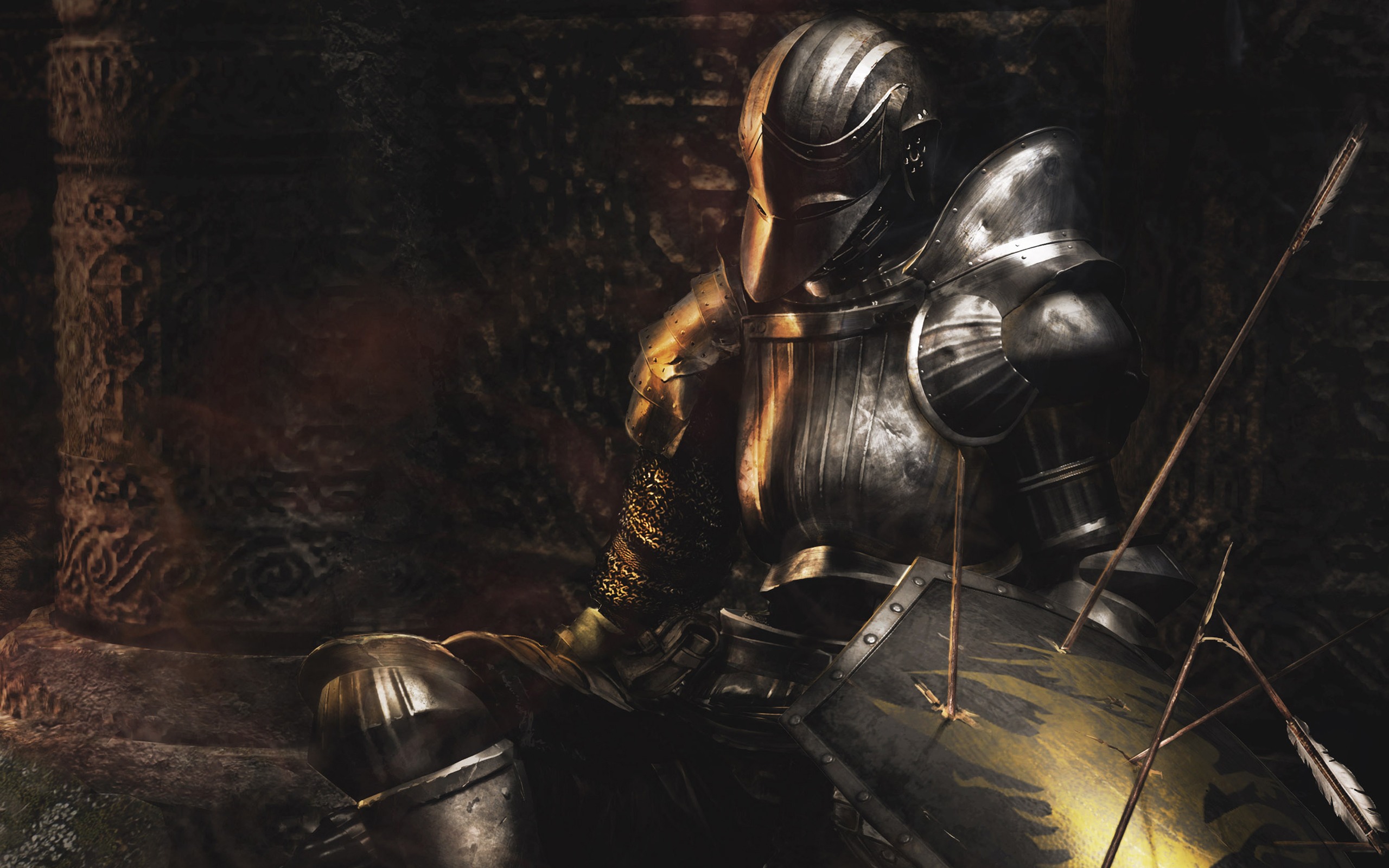
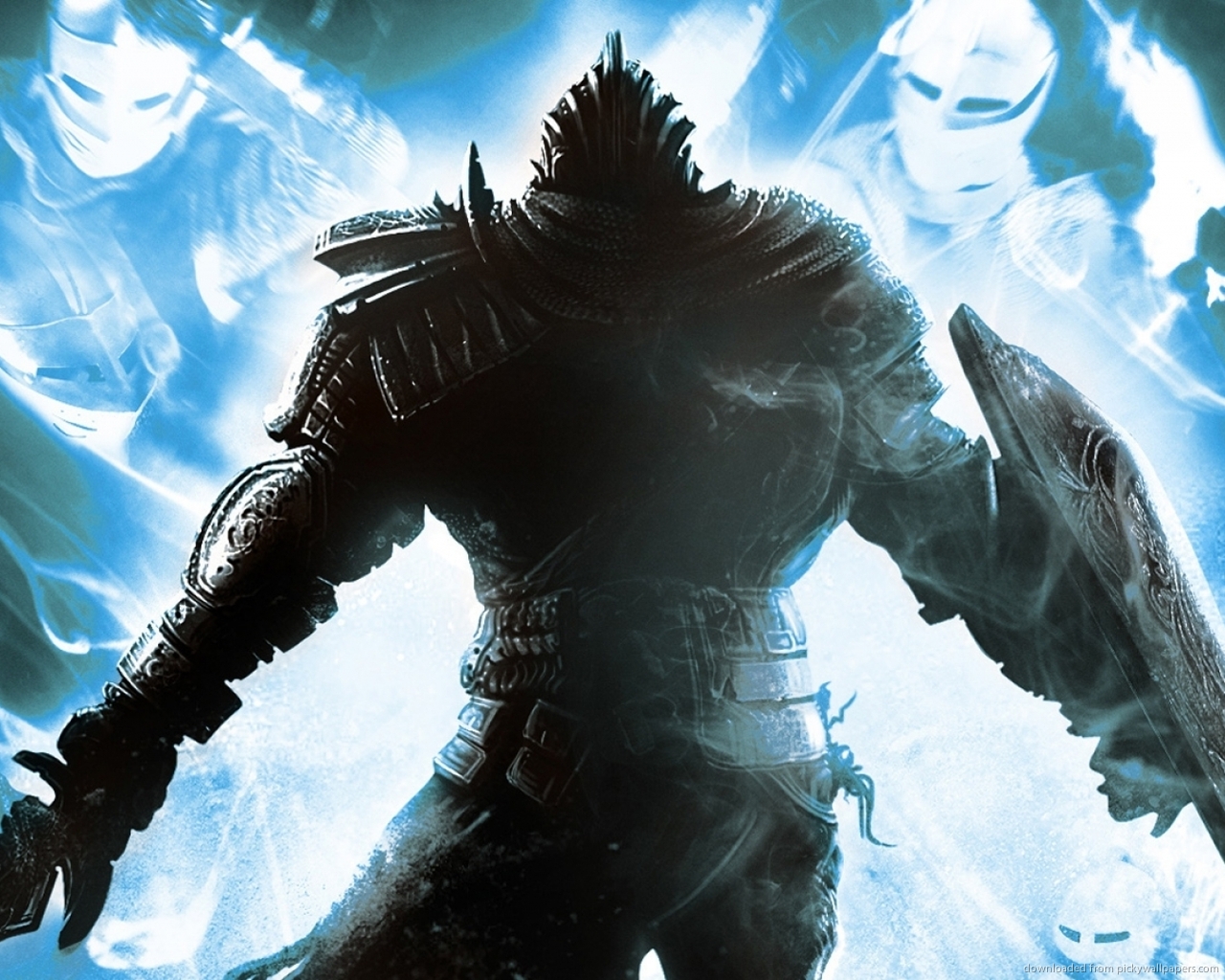

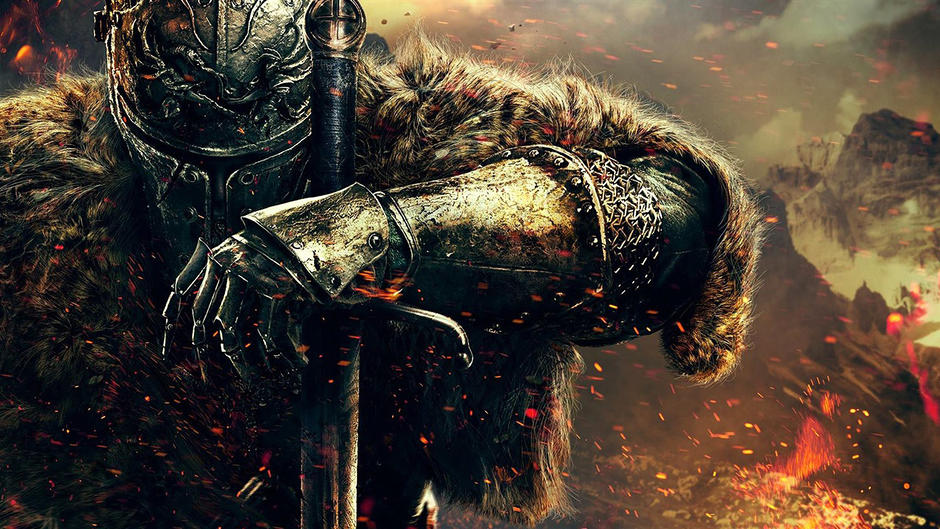
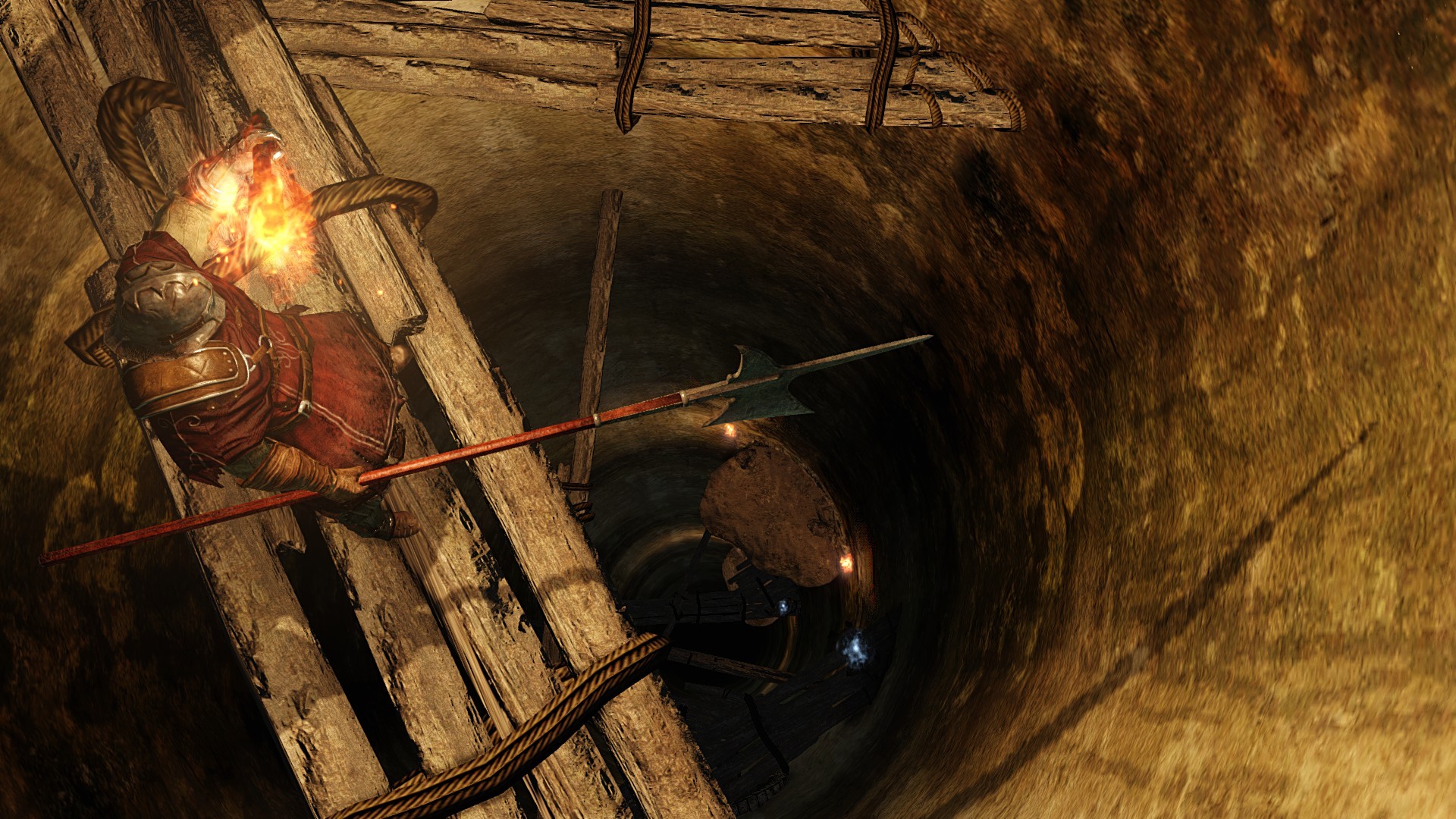
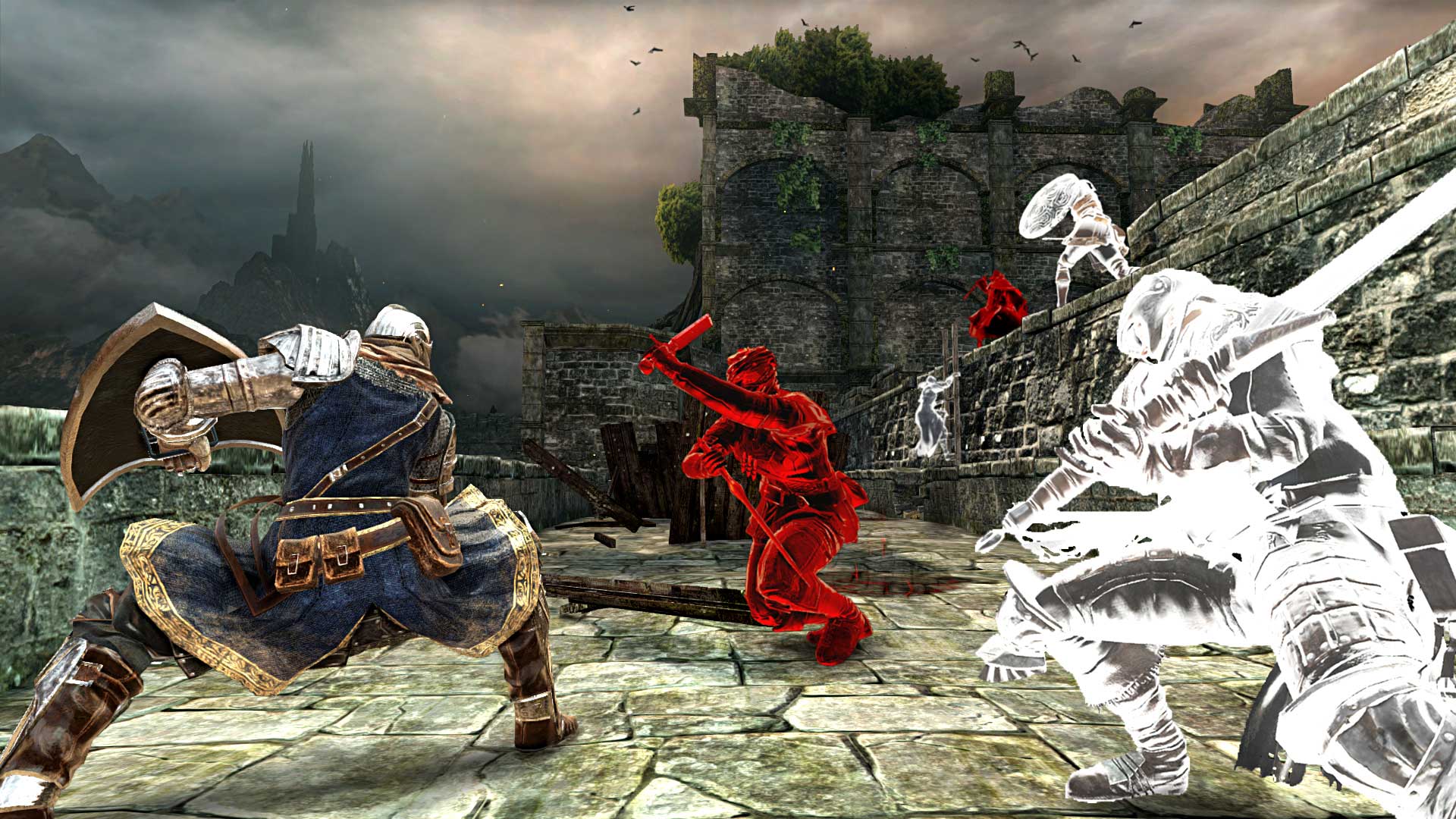
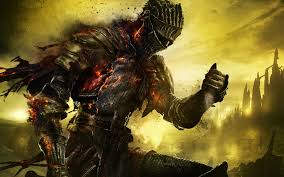





Published: Mar 30, 2016 01:14 pm